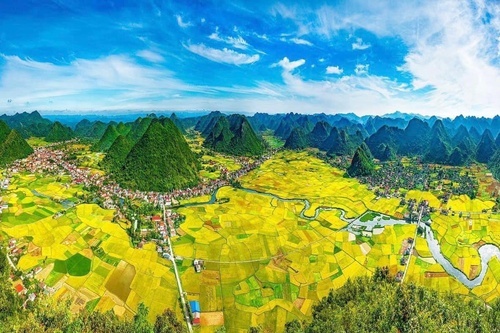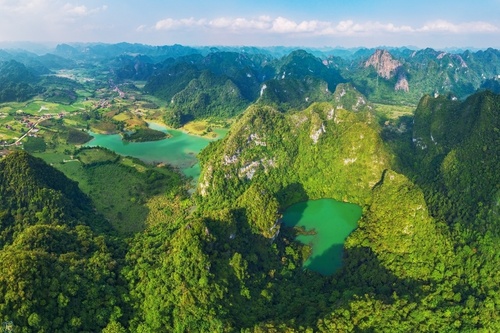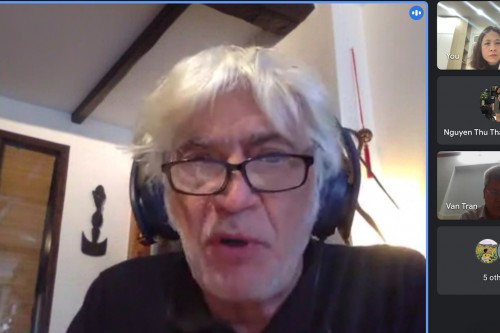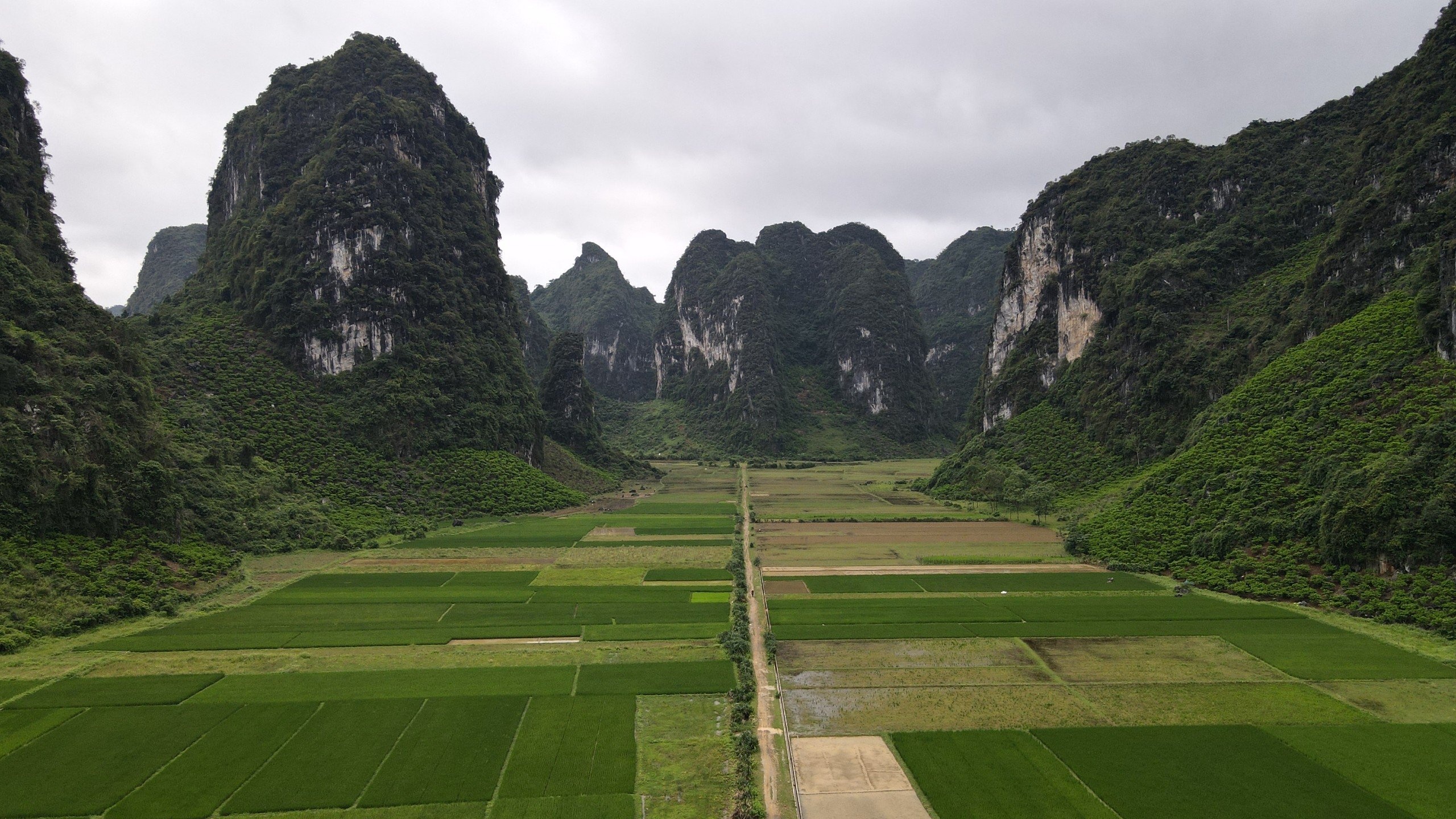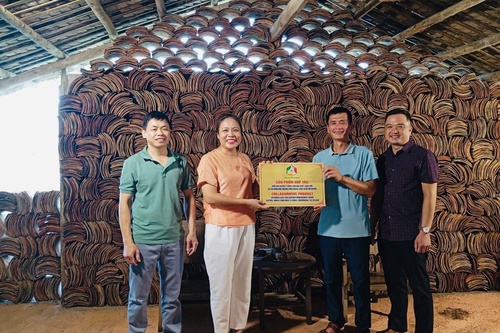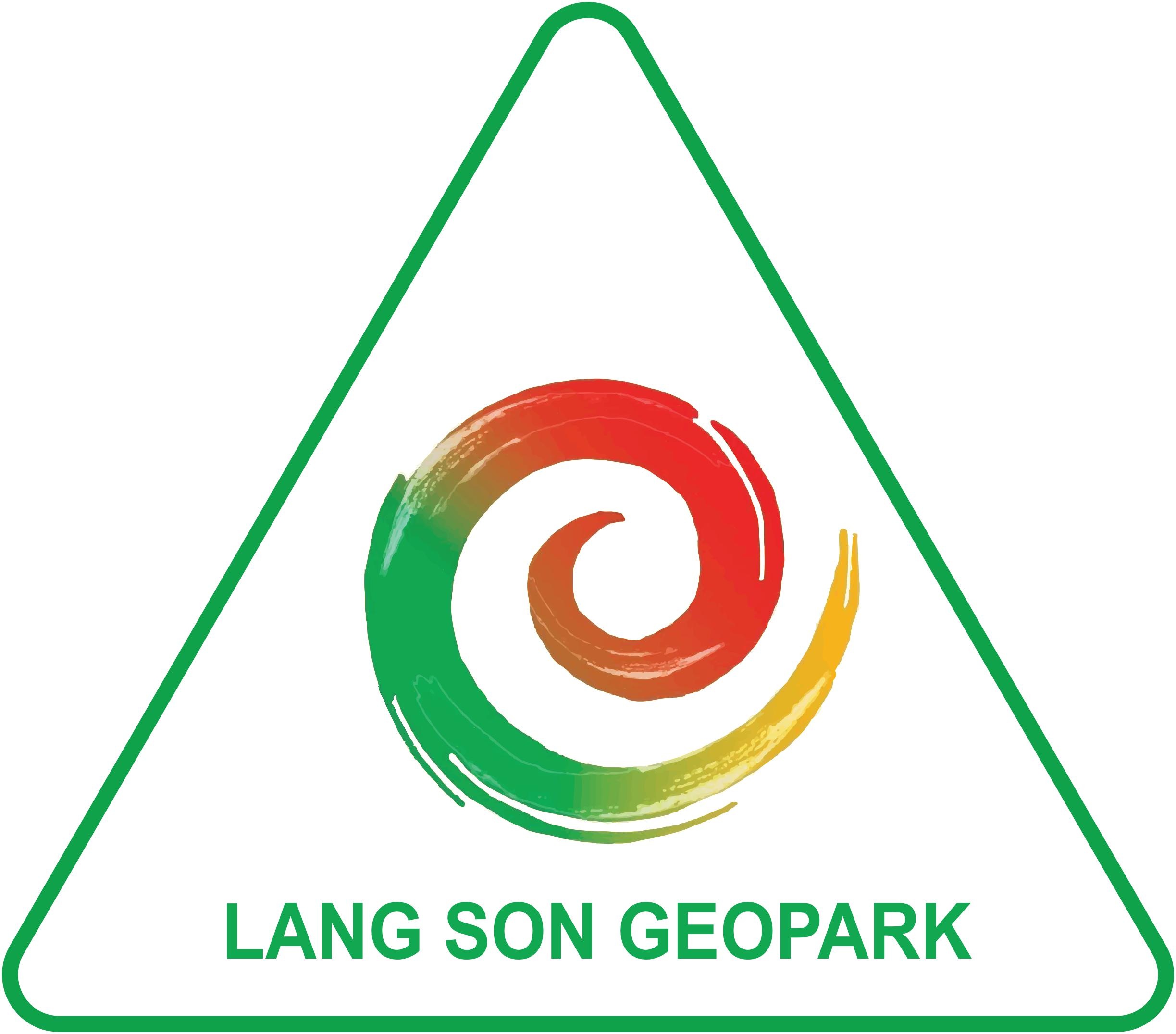Na La Cave - A potential tourism resource of Van Quan district
Van Quan district has the characteristics of limestone mountains, with many beautiful and magnificent caves, interspersed with valleys and steep passes with diverse natural scenery. This is an important potential for tourism development in Van Quan such as the Na La cave system in Lien Hoi commune (formerly Van Mong commune), located in the North of Van Quan district, about 13 km the township center in the direction of the national road 1B and the provincial road 232.
Na La cave was discovered by people a long time ago, there are many stalactites, stalagmites with unique shapes and huge and sparkling stalactites. If you go deeper, you will meet the dry cave floor up on the mountain, surrounded by Lien Hoi mountain forest. The right time to explore the cave is in the cold dry season, which lasts November to March next year. Depending on the weather each year, with the rainy years, the underground stream in the cave is not flooded, summer is still an ideal time to explore the cave.
After entering the cave for about 50m, the cave begins to gradually expand and split two channels. On the right is the underground stream. On the is the preferred direction to explore. Along the path next to the cave wall are pristine intact stalactites. These stalactites appear sparkling like the light precious stones or gilded when illuminated. The largest area of the cave is about 15 m in diameter and the ceiling is about 5 m high. The narrowest area of the cave is about 10m long and less than 1m high. These narrow passages make the journey to discover Na La cave more interesting; it requires skillful, flexible movement and you must stoop to pass them.
Overcoming the narrow gap, facing visitors is a whole space of impressive stalactites and stalagmites, including the "stalagmite cascade" like the scene of a falling waterfall. The stalactite plate stretches and has a "ripple-like sea wave" shape. According to scientists, stalactites are formed by the sediment of water dripping for over thousands of years. This is also known as the mineral "hanging" on the ceiling or wall of the cave. Each cave space is a geological tectonic ground with different shapes of stalactites and stalagmites but very close to the daily life of the people such as images of mills, bean gardens, terraces or jackfruit gardens and so on.
The "bean garden" is the round stones like peas, unequal in size. The section of the garden cave is about 30 m long and about 5 m wide. In this "bean garden", stalagmites are still growing and sprouting. This is a form of cave sediment that develops the limestone cave floor, with bamboo shoot, cone, pointed, small low shapes.
The cave geological base is shaped like a terraced field with water. When entering deep the cave, stalactites appear as big as jackfruits and have a rough surface. In addition, there is a limestone pit with a depth of 2 m, which people liken to a "village well" to get clean water to serve the people's life.
Currently, although it has not been put operation for tourism, Na La cave is still an attractive place for local people and tourism experts to choose to experience, survey and evaluate the potential for tourism development. Na La cave is part of a system of tourist attractions that have just been included in the Tourism Development Project of Lang Son Province by the Provincial People's Committee until 2030, opening up opportunities for tourism development for Van Quan district in the future.
Thu Thao

